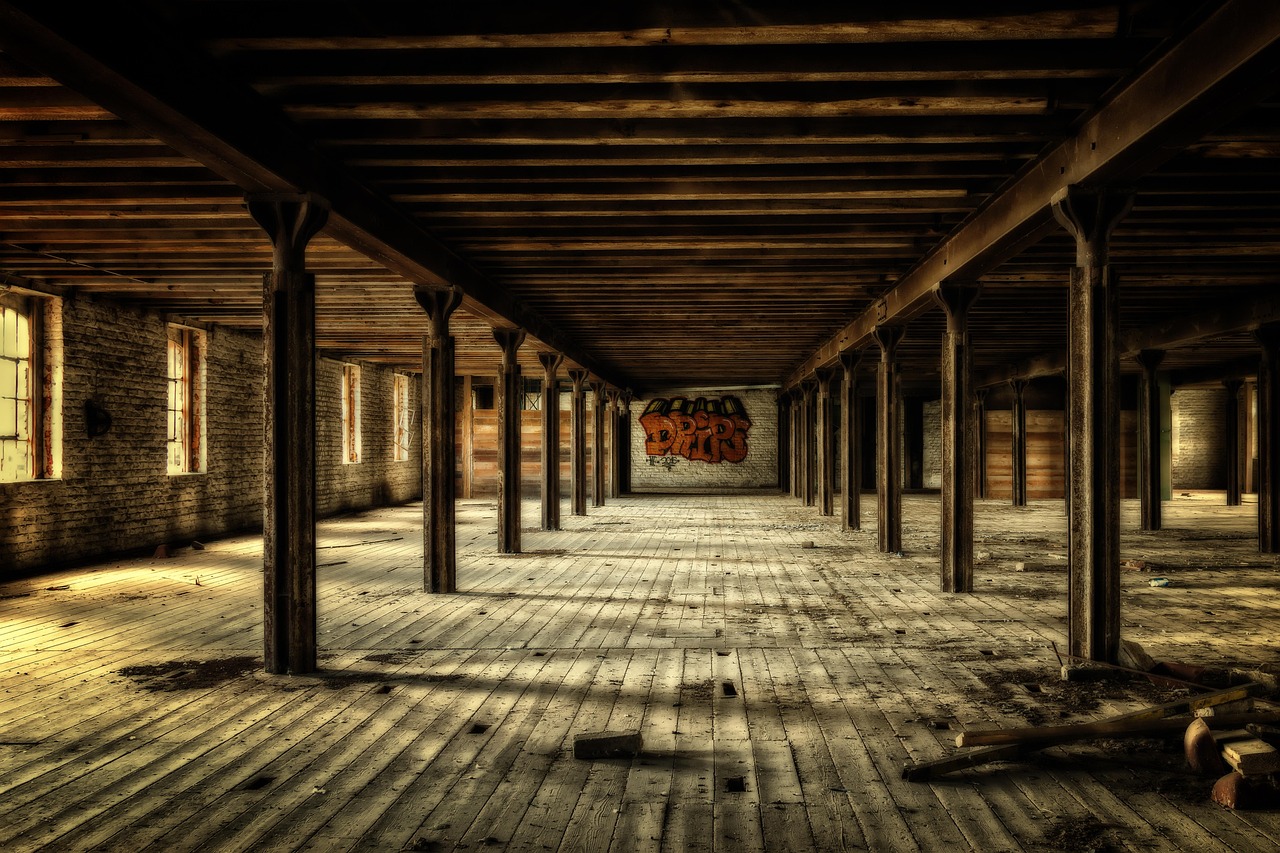Basement renovations can transform underutilized spaces into functional living areas, adding value and comfort to a home. Many homeowners consider this option to increase usable square footage without the cost of an addition.
The most important factor in a successful basement renovation is proper planning to address moisture control, layout, and building codes. Ignoring these elements can lead to issues that negate the benefits of the renovation.
By focusing on practical design and construction, a basement can become anything from a family room to a home office or guest suite. Understanding these basics helps homeowners make informed decisions before starting the project.
Basement Renovations Planning
Effective basement renovation starts with a clear evaluation of the space, defining precise objectives, and ensuring compliance with regulations. Each step shapes the scope and feasibility of the project.
Assessing Basement Potential
Evaluating a basement’s potential begins with measuring ceiling height and checking for moisture issues or structural damage. A minimum height of 7 feet is generally recommended for comfortable living areas.
Natural light sources and egress windows improve safety and habitability. Inspecting insulation and ventilation is crucial to create a dry, temperate environment.
If the basement is unfinished, the existing plumbing and electrical setup should be reviewed to estimate additional work. Identifying load-bearing walls early helps plan layout changes without compromising structure.
Setting Your Renovation Goals
Clear renovation goals dictate design and budgeting decisions. The space can serve varied functions such as a home office, gym, entertainment room, or additional bedroom.
Prioritizing specific needs helps determine room size, layout, and necessary amenities. For example, a home theater needs soundproofing, while a bathroom requires proper plumbing installation.
Budget limitations should be set alongside desired features. Considering resale value can guide whether to focus on customization or simple, high-demand upgrades.
Understanding Local Building Codes
Local building codes regulate basement renovations to ensure safety and legality. These codes specify requirements for ceiling height, emergency exits, electrical wiring, and moisture control.
Many jurisdictions require at least one egress window or door for bedrooms in a basement. Fire safety codes often mandate smoke detectors and fire-resistant materials.
Permits are usually mandatory before starting construction. Consulting with local building departments or professionals helps avoid costly fines or rework due to code violations.
Design and Construction Essentials
A successful basement renovation requires careful planning around layout, moisture management, lighting, and material choice. These factors determine the functionality, durability, and comfort of the finished space.
Optimizing Basement Layout
Effective basement layouts prioritize usable space and traffic flow. Bedrooms and bathrooms need sufficient egress windows for safety and code compliance. Open floor plans work well for living areas but should include defined zones for different activities.
Ceiling height and structural elements like support beams influence design options. Installing bulkheads can conceal ductwork without sacrificing headroom. Placement of plumbing and electrical systems early on simplifies later installation.
Storage solutions such as built-in shelves or closets maximize space. It’s important to balance open areas with practical divisions to avoid cramped or underutilized zones.
Waterproofing and Moisture Control
Basements are prone to moisture, making waterproofing critical. Exterior drainage systems and proper grading redirect water away from the foundation. Interior solutions include vapor barriers, sealants, and sump pumps.
Walls and floors benefit from moisture-resistant materials like cement board and waterproof paint. Installing a dehumidifier helps maintain air quality and prevent mold growth.
Testing for existing moisture issues before renovation avoids future damage. Addressing leaks or cracks early preserves the structure and finishes.
Lighting Solutions for Basements
Basements lack natural light, so layered artificial lighting is essential. Combining recessed lights, wall sconces, and table lamps creates even illumination. Adjustable fixtures can highlight specific areas.
Using cool white LED bulbs enhances brightness and energy efficiency. Reflective surfaces like light-colored walls improve light distribution.
Stations for work or hobbies need focused task lighting. Dimmers provide flexibility for ambiance and reduce glare.
Choosing Quality Materials
Materials must resist moisture and offer durability in the basement environment. For flooring, vinyl planks or engineered wood resist humidity better than solid wood or carpet.
Drywall rated for damp locations helps prevent mold. Trim and doors made from composite or treated wood improve lifespan.
Fixtures and cabinets with water-resistant finishes withstand basement conditions. Budgeting for quality materials reduces maintenance and replacement costs over time.


Leave a Reply